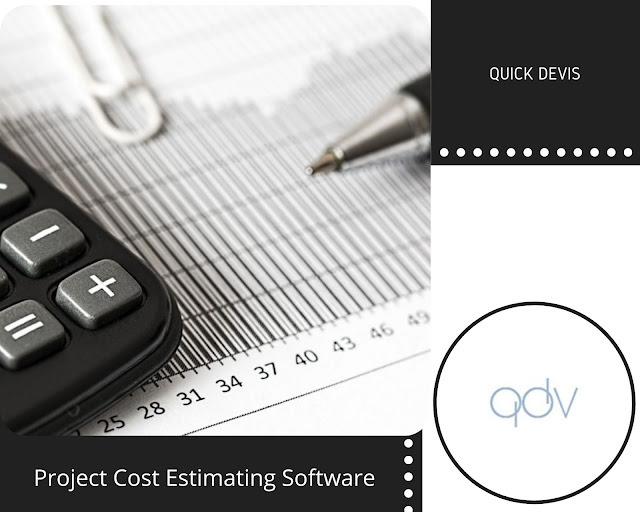Understanding the Role of Data in Estimating Tools and Techniques
Try to estimate the number of materials required for a bridge construction or machinery production without data. Sounds impossible, right? That's because data allows precise estimations. A recent report further cited poor project estimation as a loss, accounting for an average annual figure of $31.5 million to business. These statistics underscore the significance attached to the use of data in estimating tools and techniques; with such measures, businesses can streamline their workflows and minimize costly errors.
We will, therefore, explore how data drives the effectiveness of estimating tools and techniques, their application, and why it is indispensable for achieving success in any project.
Why Data Is the Unsung Hero of Estimating Tools and Techniques
A good estimate becomes variable with the quality and the quantity of the data. Historical data, market trends, and direct information form the base for reliable predictions. Without these elements, even the most advanced estimating tools and techniques would fail to deliver constant results.
Historical data helps track patterns and therefore allows organizations to set a benchmark. For example, prior project costs, resource utilization, and timelines can be used as guidelines for future similar tasks. In this way, it is less likely to underevaluate or overestimate the project's requirements.
Real-time Data for Dynamic Adjustments
Today, modern estimating tools feed on real-time data to make dynamic mid-project adjustments in the project lifecycle. Real-time insights, like how material cost varies or labor is available, tend to refine estimates on the go and ensure businesses stay agile and proactive.
How Data Integration Boosts Estimating Tool Functionality
1. Inter-Team Collaboration Becomes Simpler
Since the data comes from different departments, estimation tools improve coordination. One can have all engineers, financial analysts, and project managers work on one platform to reduce miscommunication and have consistency.
2. Prediction Analytics for Future Projects
Advanced estimation techniques use predictive analytics for future predictions. That is useful, especially if there are such long-term projects that have estimations of both cost and available resources into the future. Such helps avoid budget overruns.
3. Automating Complex Calculations with Precision
Manual calculations are both time-consuming and error-prone. Data-driven estimating tools will automatically do all of this for far faster times and precision for results. This also saves teams so they can be focused on strategic decision-making rather than being bogged down in the calculations.
4. Adaptation to Industry-Specific Challenges
Different industries have different needs. For instance, the construction industry may need labor productivity statistics, while aerospace projects may employ the use of material durability in their selection criteria. More sophisticated tools customize functionalities with industry-specific data, thereby becoming more relevant and effective.
Common Problems in Using Data for Estimating Tools and Techniques
Data constitutes the spine, but its practical usage is not without numerous problems.
Data Silos: When the data exists on multiple systems, it is hard to bring all the data into one place and properly analyze them.
Data Quality: Poor quality leads to poor estimates and, thus, a lack of trust in the tools used.
Constant Updates: Dynamic market fluctuations necessitate consistent data updates to be accurate.
Therefore, businesses need reliable estimating solutions focusing on centralized data, validating, and frequent updates.
A Conclusion You Can't-Miss: Driving Precision with Data
Data is not only a supporting actor in estimating tools and techniques but is the main character. Whether historical trends or real-time analytics are used, strategic data usage changes business planning and execution and ensures precision, efficiency, and profitability.
The data-driven functionalities-based solutions will help the stakeholders to achieve better outcomes and decrease the chances of errors. For the most reliable estimating tools and techniques, visit here: Quick Devis, where innovation meets precision.



Comments
Post a Comment